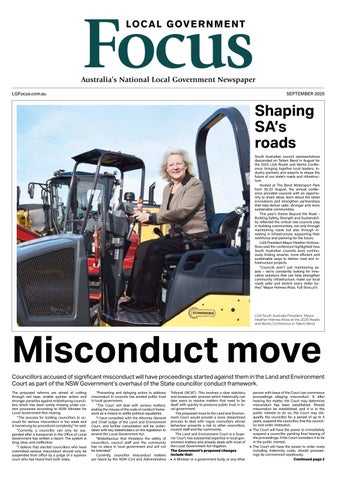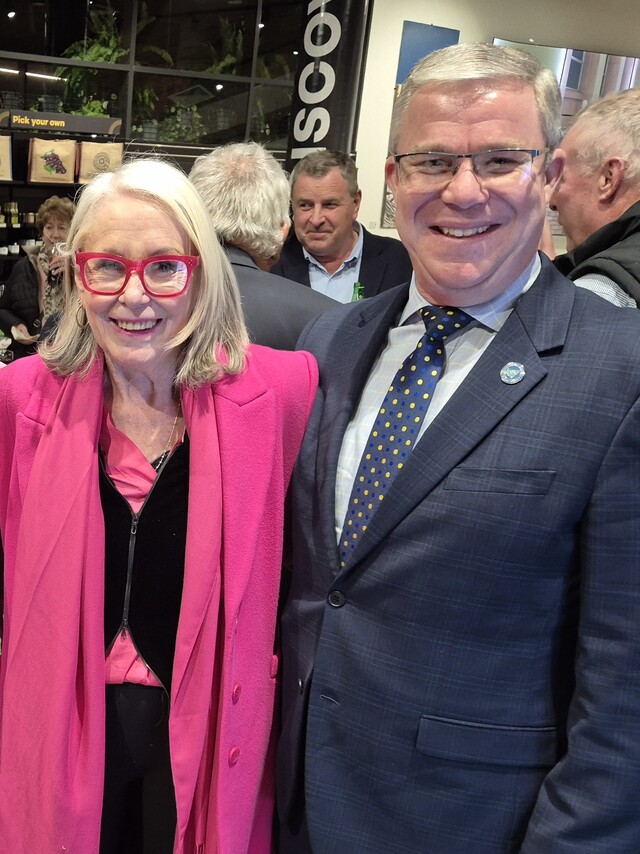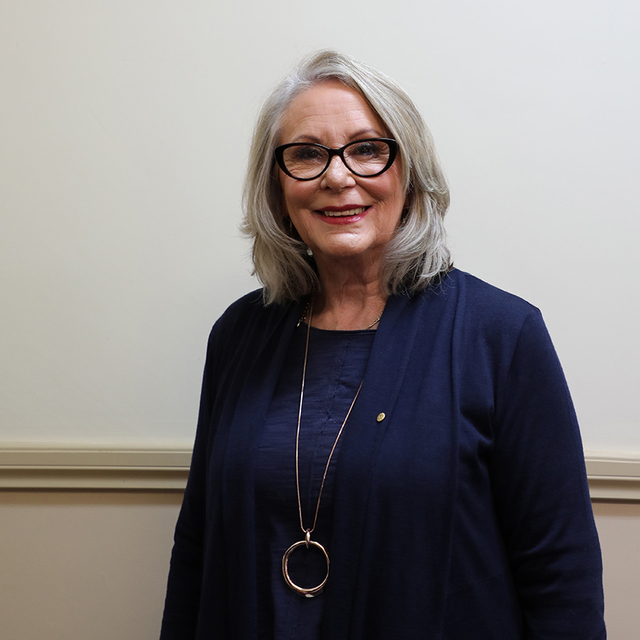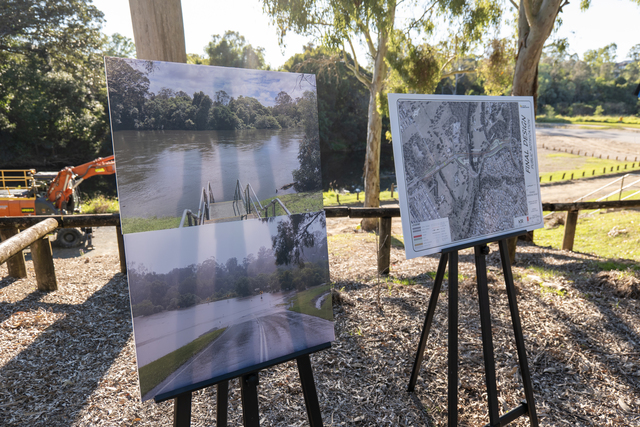Councils around Australia are helping residents to break the drought by saving water through land use planning, community education and regulation. More than 40 Councils have joined a voluntary Water Campaign run by the International Council for Local Environmental Initiatives (ICLEI). Campaign Manager, Janine Nechwatal, said these Councils were aiming to save water and improve water quality in their creeks, streams and rivers.
“We have 42 Councils that have joined in Victoria, South Australia, Western Australia, NSW and Tasmania since July 2002,” she said.“They are now starting to set water consumption goals, ranging between a 20 and 30 per cent reduction on their base year, which is taken from when they first gathered water consumption data.”
Janine Nechwatal said the Water Campaign framework was modelled on ICLEI’s highly successful Cities for Climate Protection campaign. That campaign involves 182 Councils working to reduce greenhouse gas emissions.
“We think the Water Campaign will become just as big and successful with Local Government,” she said.“We are starting to pilot a catchment module, which involves neighbouring Councils in a particular catchment area forming groups to improve local water quality.”
The Water Campaign also includes a corporate module showing Councils how to save water, and community modules demonstrating how Councils can influence communities through land use planning, education and regulation. ICLEI has also teamed up with Melbourne Water and the City of Melbourne to develop WaterMark — a separate campaign to reduce the City’s water use by 40 per cent by 2020.
WaterMark includes the following initiatives.
- Water recycling in gardens, buildings, homes and offices.
- Water sensitive landscape design, including a swale to return stormwater to the water table beneath Melbourne’s newest park, Birrarung Marr.
- Incentives for residents, such as free audits, appliance kits, rebates, loans and grants.
- Training for residents, community groups, builders, planners, architects, plumbers and landscapers.
Melbourne City Council has also launched a $5 million Sustainable Melbourne Fund, administered by independent trustees that include representatives of City West Water, South East Water and Yarra Valley Water. The fund allows industrial, commercial and public sector customers to purchase and install water saving devices, then make repayments through an agreed ‘payment by savings’ plan. Under the plan, organisations cut their water consumption but continue to pay the same amount for water until their fund ‘loan’ is repaid with interest. Financial returns to the fund are re-invested in sustainability projects.
Lord Mayor John So said Council was very excited about forming partnerships with water retailers.
“We hope the system will extend to other utilities in the future, like power and waste minimisation,” he said.
Construction will begin next year on a new Melbourne City Council building with a six star environmental rating. Water will be collected on the roof, recycled from the bathrooms and drawn from the underground sewer to irrigate gardens around the building.
Melbourne Water has allocated $300,000 to metropolitan Councils to develop sustainable water plans like WaterMark.
NSW Councils were given the power to enforce statewide water restrictions in October, after water levels in the Sydney catchment area dropped to 60 per cent. Local Government Association of NSW President, Dr Sara Murray, said Councils played an important role in water conservation.
“It is an important issue and there is a definite role for local leadership,” she said. “Many Councils already have excellent strategies in place to help reduce water consumption.”
These strategies included the installation of rainwater tanks and water saving devices in public facilities and the recycling of storm water and grey water for irrigation.
“Councils are very interested in finding innovative solutions,” Sara Murray said.“We are leaders in environmental sustainability and will work with our communities to look after our natural resources.”
Manly Council, on Sydney’s northern beaches, aims to halve water consumption at its public facilities by 2005. Council has installed water saving devices along the Manly Ocean Beachfront, at Clontarf Reserve and the Andrew Charlton Swim Centre. Sprinklers are no longer allowed at childcare centres and the irrigation of Council reserves is under review. Rainwater tanks have been installed on Council buildings, harvesting up to 15,575 kilolitres a year for use in toilet flushing and irrigation. Rainwater is also being collected from a car park at North Steyne Beach to irrigate Norfolk Pines and Ocean Beach Promenade.
Council is collecting storm water from gross pollutant traps for irrigation and is also negotiating with Sydney Water to use recycled grey water and other alternative water sources. This could see 248,000 kilolitres of ground water being re-used annually from construction sites.
For further information on ICLEI’s Water Campaign contact Janine Nechwatal, email jnechwatal@iclei.org or telephone (03) 9639 8688.







